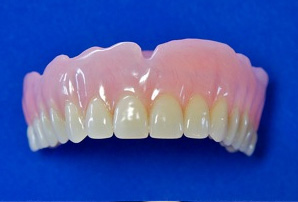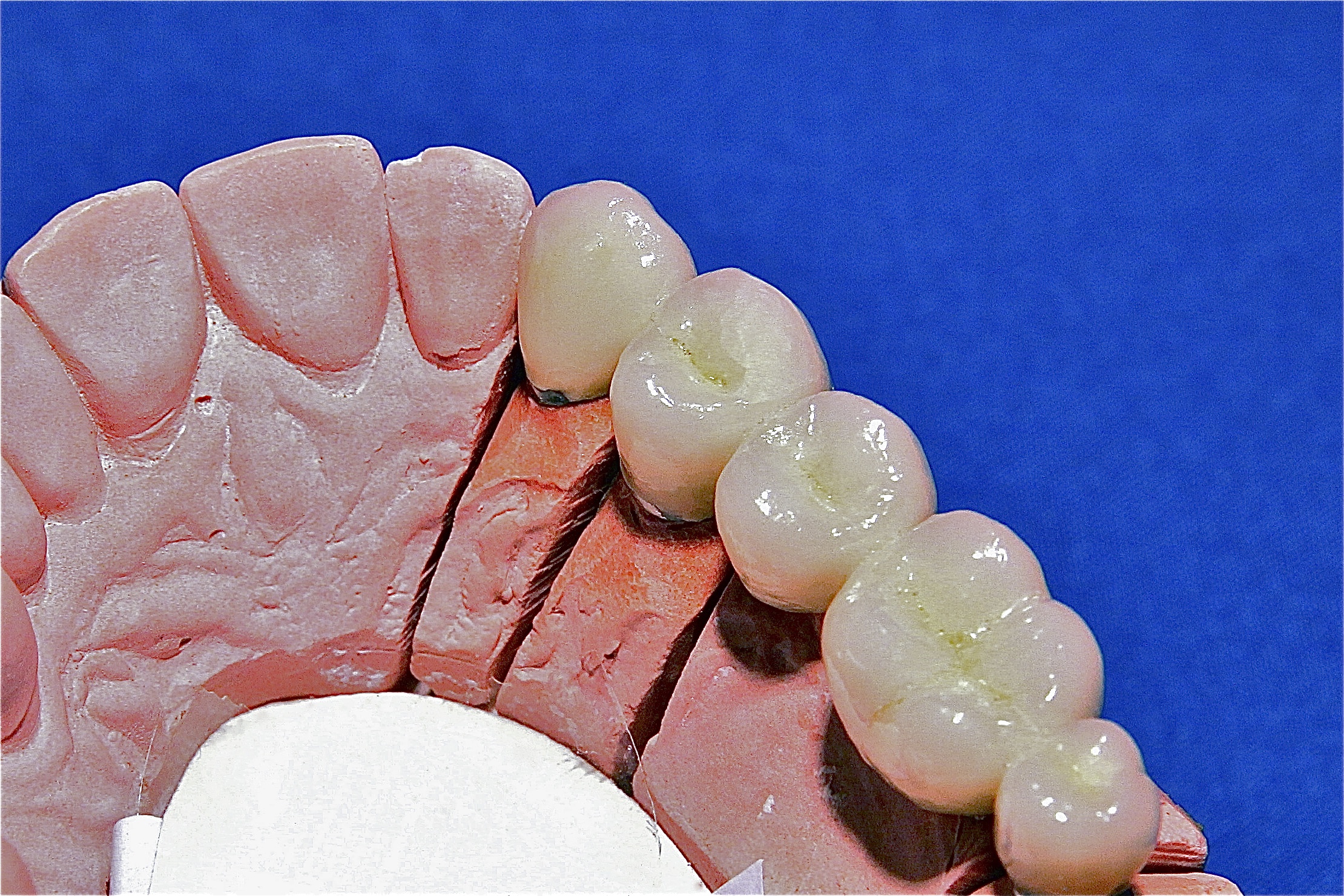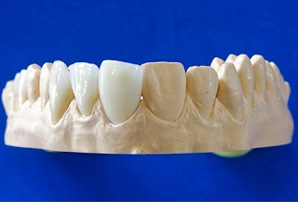Composite fillings
Composite fillings are getting more and more popular nowadays. They mimic the natural appearance and do not require much tooth structure remover.
White fillings can resist the pressure of chewing (small- to mid-size fillings) and have good durability. They can be used to reinstate decayed or fractured teeth, to change shape/size or color of the tooth, to close gaps between teeth (diastema closure), to restore chipped teeth and to straighten or even teeth.
Composite fillings advantages
- They mimic natural tooth look
- They are attached directly to the tooth so your dentist does not need to remove much tooth structure
- White fillings restore up to 90% of the natural tooth strength
- They can be repaired. A small area of a composite filling can be removed and replaced without replacing the whole filling
- They entirely solidify in seconds in comparison with other materials
Composite fillings disadvantages
- Can be stained with coffee, tea, red wine
- Alcohol can damage them
- With time bacteria and oral contamination can pass through filling and cause tooth decay under the surface of filling. It can lead to serious tooth damage (coronal leakage)
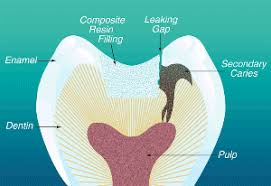
Coronal leakage.
Contamination oral from the patient’s mouth (oral debris, bacterias), past a treated tooth composite filling, and recontaminate its interior space under the filling.
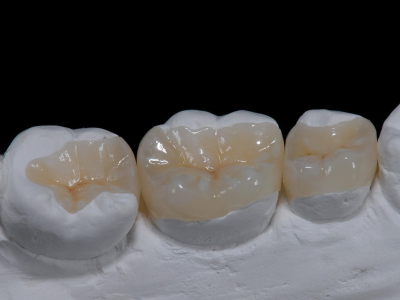
The most durable and aesthetic alternatives to tooth-colored composite fillings are custom made ceramic fillings or Inlays/Onlays.
They do not change color with time and cannot be damaged by alcohol and last longer. Your dentist will prepare a damaged tooth surface and will take a print of your jaw. This print will be sent to a dental laboratory, where a qualified dental technician will fabricate custom made Inlays/Onlay.










